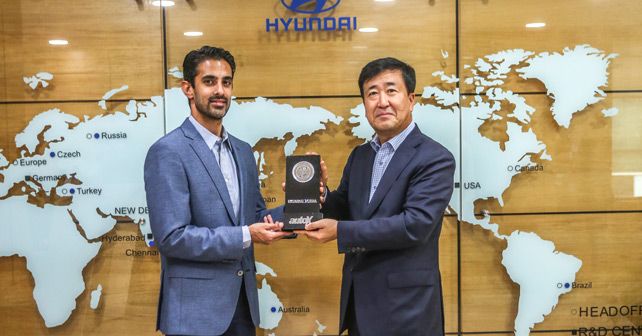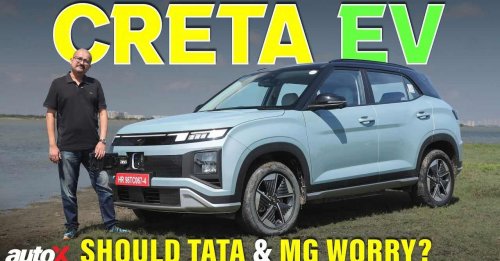
Hyundai Verna
The Verna is already doing very well. Do you think it can bring some focus back to sedans and make them more popular in the minds of consumers?
Actually, the Verna segment is almost seventeen to eighteen thousand units. But if you bring in a new product, you create demand. When we launched the Verna in August, we sold 4,800 units and last month we did 6,000 units. So, when we put a new product in the market, we can definitely create demand.
How long does that increased demand last – does it taper away after a while or can you sustain it, as you’ve done with the Creta for instance?
The Verna segment, volume wise, is less than the Creta segment. We want to continue this momentum, but we cannot sell 6,000 every month. With the old Verna, we did around 750 units a month. But the new Verna, with new styling, excellent performance and safety, as well as high-end features and new-age technology, our target now is 4,500 units – which would be a big jump.
Which models can drive volume for you in the coming year?
The Elantra and Tucson are very important products, but these are premium brands – not volume products. Now, we have the Verna – and, next year, we’ll have another volume product. Then, in the first half of 2019, we’ll have a small SUV with fantastic styling.
And when can we expect to see the Creta facelift in India?
Next year.
Have plans for the Ioniq Hybrid been side-lined for the moment?
We have an Ioniq EV and a Hybrid. But we have to decide our plan for India, because after the GST rollout there’s no benefit for hybrids anymore – so we’re doing a feasibility study at present, and we may bring an EV into the Indian market.
What percent of your production is for export?
25%. But, as we announced recently, the Verna received a record initial export order from the Middle East market. So, we have to produce and ship 10,501 units to the Middle East – Saudi Arabia, Oman, and the UAE. We invited 33 people from the Middle East to give them confidence in a Made-in-India product. Our 33 visitors toured the plant and test drove the vehicle, and they were very pleased with how modern and state-of-the-art our factories are. In fact, they were surprised that the quality is even better than our Ulsan plant in Korea. So, they are very happy with our production quality, and are confident that our made-in-India cars are the same quality as cars made in America or China, or anywhere else in the world for that matter – the quality remains the same!
What percent of your sales are automatic variants?
Metro markets like Delhi, Mumbai, and Bangalore have very heavy traffic, so they need more automatic transmissions. But, even with the Verna, 75% of our sales are manual and 25% is automatic – so, there’s still some way to go.
Is there a future for the Genesis brand in India?
It will take time. HMC (Hyundai Motor Corporation) is ready to supply us the models, but we are not ready. We have been very strong in the Grand i10, i20 and Creta segments, but we were not as strong in the Verna, Elantra and Tucson segments. This is where we have to improve. We have to increase sales of our premium brands. And once we are successful in selling these models, the dealers become more confident. The dealer should have the capability to sell a premium product.
So, my plan is to bring in the Genesis brand once we’ve done a feasibility study and reviewed our dealer capability. It’s under review, and we may bring the brand into the metro cities first, with select dealers, after 2020.
Do you think there’s a market for any models from your N performance brand in India?
No, the road conditions don’t allow this.
Tell us a little bit about the AMT that you’re developing for India.
HMC is developing it. We will first apply it to our new family-oriented product next year, and then expand it to other products also.
Previously you had maintained that AMT is a transition technology, and you would not consider it for your cars because your automatics are more refined?
The AMT is not for the i20 and other products – for that, we have the full automatic as the customer is different. The family-oriented product is a price-oriented product where we can’t apply full automatics because the costs are too high. So, we’ve developed the AMT for this new model at our global R&D centre at Namyang in Korea.

























Write your Comment